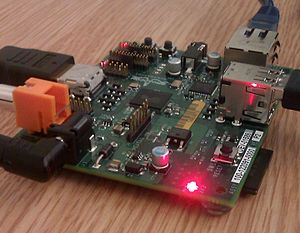Dispelling the Myth: Free Solar Panels?
The notion of receiving free solar panels from the government often stems from misconceptions and partial truths. While outright free panels are rare, there are avenues where homeowners can significantly reduce costs through incentives and programs.
Government Incentives and Rebates:
1. Federal Investment Tax Credit (ITC):
- The ITC allows homeowners to deduct a percentage of their solar installation costs from their federal taxes.
- While not a direct free panel offer, it substantially reduces the financial burden.
2. State and Local Incentives:
- Many states and local governments offer additional incentives, including rebates, tax credits, and grants to encourage solar adoption.
- Researching regional programs can uncover valuable financial support.
Solar Grants and Programs:
While not synonymous with free panels, there are government and non-profit programs that provide financial assistance for solar installations.
1. USDA Rural Energy for America Program (REAP):
- REAP offers grants and loan guarantees for renewable energy systems, including solar panels, in rural areas.
- Eligibility criteria apply, and it’s not a direct source of free panels, but it can significantly reduce costs.
2. Low-Income Home Energy Assistance Program (LIHEAP):
- LIHEAP assists low-income households with energy-related expenses, potentially including solar installations.
- Eligibility varies, and the program aims to alleviate energy costs rather than provide free panels.
Community Solar Programs:
While not free in the traditional sense, community solar programs allow homeowners to benefit from solar energy without installing panels on their property.
1. Shared Solar Gardens:
- Participants can subscribe to a share of a solar installation, receiving credits on their electricity bills.
- While not directly government-funded, some community solar programs may receive incentives that indirectly benefit subscribers.
Navigating the Options: What to Consider:
- Understand the available government incentives and programs in your region.
- Research eligibility criteria, application processes, and any associated costs.
- Consider the long-term financial benefits and savings from installing solar panels, even if not entirely free upfront.
Conclusion:
While the prospect of free solar panels directly from the government might be elusive, the reality is that various incentives, grants, and community programs can significantly reduce the financial burden of adopting solar energy. By exploring these options and understanding the terms and conditions, homeowners can make informed decisions about embracing solar power and contributing to a more sustainable and energy-efficient future.






